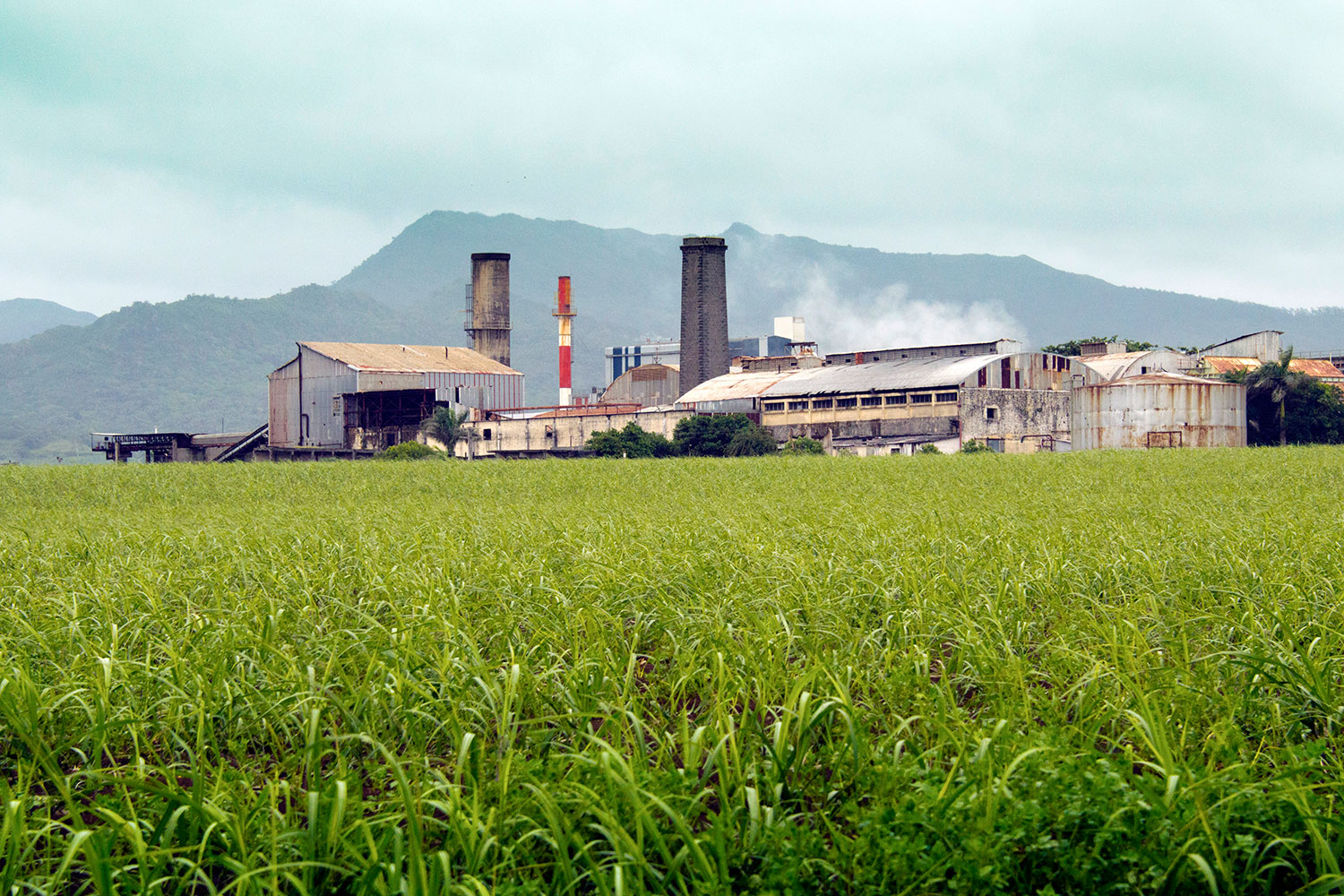Specialist Cane Sugar Processing Chemicals: Superior Outcomes
Specialist Cane Sugar Processing Chemicals: Superior Outcomes
Blog Article
Maximizar Rendimientos Y Minimizar Costos: Estrategias Avanzadas Para La Optimización Química Del Procesamiento De Azúcar De Caña
In the realm of cane sugar processing, the pursuit of making best use of returns while simultaneously decreasing costs stands as a formidable challenge that calls for a critical mix of innovative chemical optimization methods. In the middle of this detailed internet of approaches exists the pledge of opening untapped potential and transforming the very significance of sugar production.
Chemical Evaluation for Performance
Chemical evaluation plays a crucial function in improving the effectiveness of sugar walking stick processing by offering essential insights into the composition and residential properties of the raw products. By carrying out thorough chemical evaluations on sugar cane samples, processors can identify the exact focus of sucrose, glucose, fructose, and various other elements present in the raw material. This details is essential for enhancing the various phases of the sugar cane handling chain, from grating to formation.
In addition, chemical analysis enables cpus to identify contaminations such as organic acids, healthy proteins, and minerals that can affect the quality and return of the final sugar product. By quantifying these contaminations, processors can apply targeted techniques to remove or alleviate their effects, inevitably enhancing the total efficiency of the handling plant.
Additionally, chemical analysis assists in the monitoring of process criteria such as pH, temperature, and viscosity, allowing processors to make real-time modifications to ensure ideal problems for sugar extraction and condensation. On the whole, a detailed understanding of the chemical composition of sugar cane is crucial for maximizing yields, lessening prices, and keeping high product quality in the sugar production market.

Enzyme Use for Boosted Yields
With a strategic approach to enzyme utilization, sugar walking stick cpus can significantly enhance their yields while maintaining functional efficiency in the production procedure. Enzymes play an important duty in sugar cane handling by damaging down complex carbohydrates right into less complex sugars, thus enhancing the total sugar removal effectiveness. By including specific enzymes tailored to target the different parts of sugar walking stick, such as cellulose and hemicellulose, cpus can boost the launch of sugars during extraction.
Enzyme use supplies the advantage of making the most of sugar yields from the raw material while decreasing the power and sources needed for processing. This leads to a much more sustainable and affordable production procedure. In addition, enzymes can assist in reducing processing time and enhancing the general top quality of the sugar item. Through careful selection and application of enzymes, sugar walking cane processors can enhance their procedures to accomplish greater returns and success.
Ph Control for Optimal Handling
Enzyme utilization for boosted returns in sugar cane processing lays the foundation for dealing with the crucial aspect of pH control for ideal handling performance. Keeping the appropriate pH degree throughout various stages of sugar walking stick handling is important for optimizing returns and minimizing costs. pH control is especially critical Click This Link throughout the removal and information procedures. In the removal stage, maintaining the correct pH helps in attaining reliable sucrose extraction from the cane. Managing the pH throughout explanation aids in the precipitation of impurities and non-sucrose elements, causing a purer last item. Furthermore, pH affects the task of enzymes associated with the break down of macromolecules, impacting the general efficiency of the process. By carefully keeping an eye on and adjusting the pH levels at different processing steps, sugar walking stick processors can improve sugar recuperation prices, minimize chemical use, and maximize the overall production procedure. Effective pH control not just enhances the top quality of the final product however additionally contributes to sustainable and cost-effective sugar walking stick processing procedures.
Advanced Purification Strategies
Applying innovative filtration techniques in sugar cane processing boosts the performance and pureness of the end product through refined separation methods. By incorporating innovative filtering innovations, such as membrane filtration and turned on carbon purification, sugar walking stick handling plants can accomplish higher degrees of sugar recuperation and improved quality assurance.

Activated carbon filtration is one more innovative strategy that helps in the elimination of colorants, off-flavors, and residual impurities from sugar walking cane items. By utilizing turned on carbon's adsorption homes, this filtering method enhances the quality and taste of the sugar, meeting the high standards required by consumers and sector guidelines.
Energy-Efficient Distillation Approaches
Energy-efficient distillation approaches are vital for maximizing the sugar walking stick handling industry's energy intake while maintaining high-grade product criteria. Typical distillation procedures can be energy-intensive, leading to greater manufacturing costs and ecological influences (Cane Sugar Processing Chemicals). Executing energy-efficient purification approaches, such as vacuum purification or molecular distillation, can substantially reduce energy demands while boosting overall process effectiveness
Vacuum cleaner purification involves decreasing the stress within the purification system, which decreases the boiling point of the liquid blend being refined. This reduction in boiling point reduces the power required for vaporization, resulting in energy savings compared to standard distillation techniques.
On the various other hand, molecular distillation utilizes short path distillation methods under high vacuum cleaner conditions to separate compounds based on their molecular weight. This method is especially efficient for see here now heat-sensitive materials, as it runs at reduced temperature levels, reducing energy usage and protecting product high quality.
Final Thought

Report this page